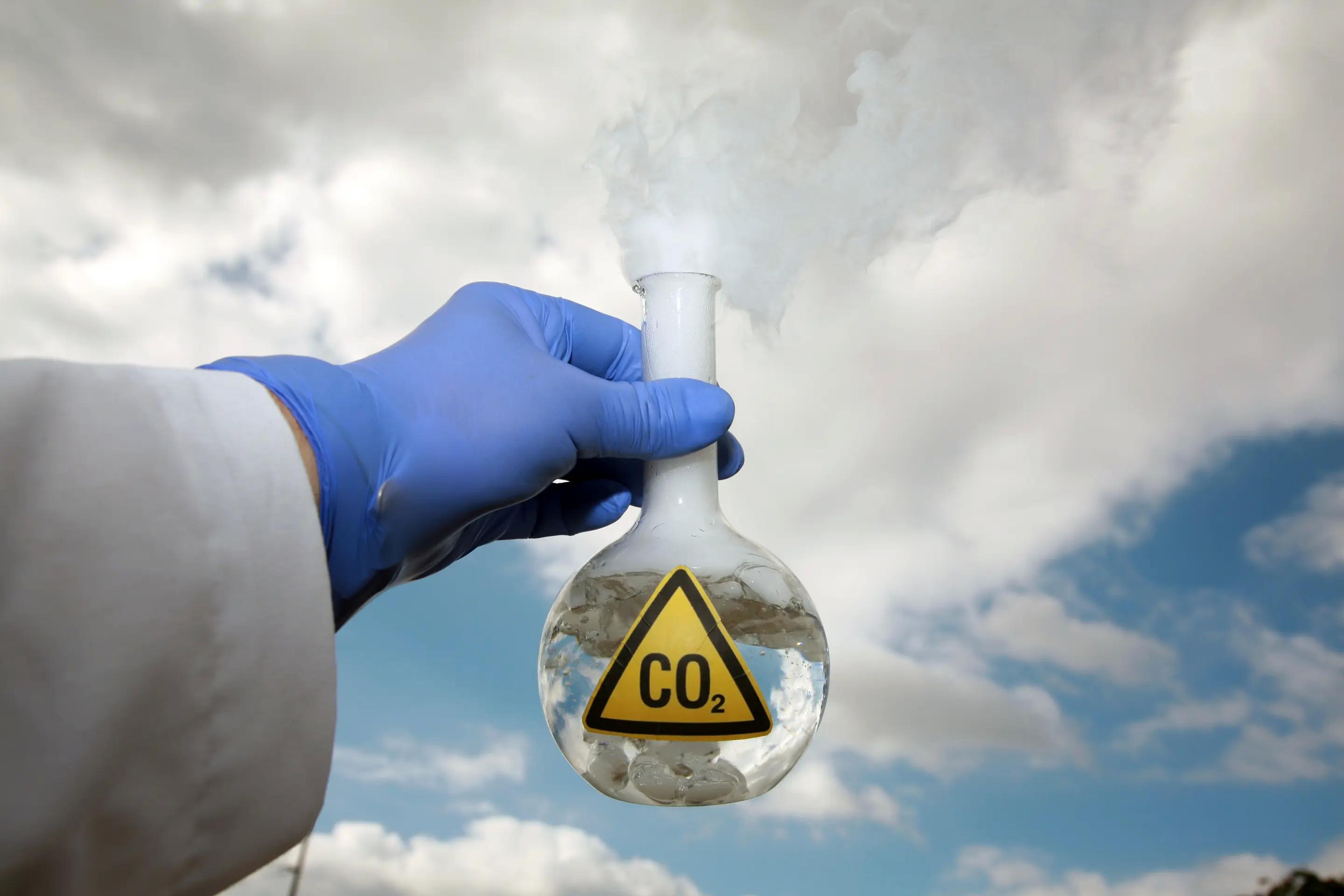Basic methods of atmospheric air analysis

Today, environmental wellbeing is becoming an increasingly important topic and analysing atmospheric air is important for assessing and improving environmental quality. Thorough air analysis helps to identify sources of pollution and develop effective remedial measures.
Analysis of atmospheric air in open areas and indoors
Atmospheric air quality analysis is a key element of environmental monitoring both in open spaces and indoors. This study helps to assess the level of air pollution and determine the presence of harmful substances that may adversely affect human health and the environment. Measurements are carried out in various areas, including workspaces of enterprises and residential areas, to ensure compliance with environmental regulations and safety.
Objectives of atmospheric air research
The main objective of ambient air analysis is to identify and quantify pollutants such as carbon monoxide, nitrogen oxides, sulphur oxides, heavy metals and organic compounds.
Air analysis is a comprehensive study of the concentration of various pollutants, from particulate matter to gases, which are emitted from both human activities and natural sources. These measurements are taken using portable and stationary monitoring tools that can capture data in real time, ensuring that the results are accurate and up-to-date.
In business workspaces, analyses help monitor compliance with industrial safety standards, while in residential areas they help protect the health of citizens from exposure to hazardous substances such as radon or asbestos.
These studies help develop strategies to reduce the impact of harmful emissions on the atmosphere and serve as a basis for creating measures to improve air quality in specific locations.
Methods of analysis
Ambient air is analysed using a variety of methods, each of which aims to detect and quantify pollutants. These methods ensure the accuracy and specificity of the required measurements, which is critical for ensuring environmental quality and public health.
Chromatographic method
Chromatography is a technique that allows the efficient separation of complex mixtures of chemical compounds for further analysis. In chromatographic analysis, an ambient air sample is passed through a column with a stationary phase where the different components of the mixture are separated due to differences in their rate of passage. This allows the identification and quantification of concentrations of organic compounds such as hydrocarbons, as well as harmful pollutants including formaldehyde and benzene.
Spectral method
Spectroscopy uses the principles of the interaction of light with matter to determine the composition of the airborne environment. When a sample is illuminated with light of a particular wavelength, each chemical in the sample absorbs or emits light in characteristic spectral lines. By measuring the intensity of these lines, the presence and concentration of various metals and inorganic substances can be determined. This method is ideal for tracking elements such as lead, mercury and cadmium.
Electrochemical method
Electrochemical sensors provide fast and accurate analysis of gases in the atmosphere by reacting to changes in concentrations through electrochemical reactions occurring at the electrodes. The principle of operation is that a gas present in ambient air reacts at the working electrode, causing a flow of electrons and a change in electric current. This change in current is proportional to the concentration of the gas, allowing accurate determination of levels of gases such as carbon monoxide and various nitrogen oxides.
How atmospheric air is analysed
The process of atmospheric air analysis requires careful organisation and accuracy at every stage, from sample collection to data interpretation.
- Planning and preparation: First of all, specialists determine the key parameters for data collection, including optimal locations and times for sampling. This may depend on the monitoring objectives and the anticipated sources of pollution. It is important to select locations that are most representative of the atmospheric conditions of the area of interest, as well as appropriate times to reflect typical conditions or periods of peak pollution.
- Sample collection: Specialised sampling devices such as filter pumps or volumetric sample collectors that can store air for a specified time are used to collect samples. These devices allow air to be collected at a controlled flow and volume, which is critical for reliable results. The air samples are then hermetically packaged to prevent contamination and transported to the laboratory.
- Laboratory analysis: In the laboratory, samples are analysed in detail using selected methods such as chromatographic, spectral or electrochemical. Each method identifies specific types of contaminants with high accuracy. During the analysis, the specialists aim to identify not only the presence of specific substances but also their concentration, which plays a key role in assessing air quality.
- Documentation and evaluation: The results of the analyses are recorded in special protocols that include detailed data on the composition and quality of ambient air. These data are analysed to assess compliance with established norms and standards. If exceedances of standards are identified, recommendations are developed for enterprises and municipalities to reduce pollution levels.
Through an integrated approach to analysing atmospheric air, it is not only possible to accurately assess the level of pollution, but also to develop strategies to reduce it. This research is key to creating a healthy environment for future generations and maintaining our planet's biodiversity.
